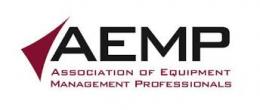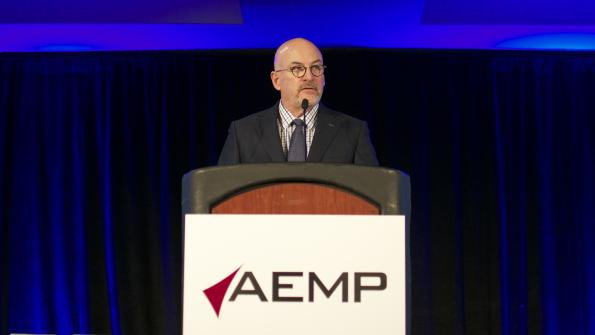Trade groups progressing on telematics standard (with related video)
The Association of Equipment Management Professionals (AEMP) and the Association of Equipment Manufacturers (AEM) are making progress on creating and testing a telematics standard. When complete, the standard will enable sending defined sets of asset data remotely via telematics to the end-user of the equipment.
A total of 19 data points will be part of the standard that is being developed and maintained by the two associations and their memberships. In addition, the new standard defines a format that enables OEM’s to deliver fault code information as part of the data feed.
Data will be provided to the end user via an Application Program Interface (API) server-to-server data-sharing standard. The data-sharing standard will include standardized server-to-server communication protocols for the transfer of telematics information in mixed equipment fleets to end-user business enterprise systems.
These protocols will allow end-users to employ their own business software to collect and analyze asset data from mixed equipment fleets without the need for customization work across multiple telematics provider applications.
Fleet managers and heavy equipment manufacturers have been working with the trade groups on the project. Go here for more details on the standard.
GPN got the views of Stan Orr, president and chief strategy officer of Glenwood Springs, Colo-based AEMP, concerning the new standard and AEMP’s work with government fleet managers.
GPN: What does the new standard mean?
Stan Orr: The new AEM/AEMP Telematics Standard represents a watershed moment for heavy equipment fleet management. The expansion from the original AEMP Standard will provide fleet managers additional tools to more effectively manage their fleets.
GPN: How can fleet managers benefit from the telematics standard?
Stan Orr: First of all, the whole mission behind getting the standard written was to help the end-user, in this case, the fleet managers and their fleets, and it helps drive efficiencies. In the past, if you wanted to track your fleet data coming off the machines in a mixed fleet, and government fleets are always a mixed fleet, managers had to go to different screens, literally, to view the data coming off the machine, so if you had some Caterpillar equipment, you had to go to the Caterpillar website to retrieve and analyze the data, etc. And you had to perform that same task across all the manufacturer’s lines.
So basically this new standard is an Application Program Interface (API) that provides a data stream, and that stream is able to bring all that data from all the different brands, literally, on to one screen. Through the API, fleet managers will be able to view their fleet operations, without having to cut and paste, or transport the data to Excel spreadsheets, or do all the laborious things that have hindered the integration of telematics. So the new standard drives efficiency. It’s going to advance equipment maintenance from preventive maintenance to predictive maintenance. Through the standard’s 19 data points and 42 fault codes, a fleet manager can literally see things happening and take proactive steps to correct them before they become a major maintenance issue.
GPN: Where can our Government Product News readers and website visitors find out more about the telematics standard?
SO: Your readers should check the AEMP Twitter feed, as well as the AEMP website.
GPN: Thank you, Stan Orr, for your views.
This video showcases operations in the York County, Virginia fleet. The fleet was a winner in the 2014 Fleet Masters award competition.
_____________
To get connected and stay up-to-date with similar content from American City & County:
Like us on Facebook
Follow us on Twitter
Watch us on Youtube




















